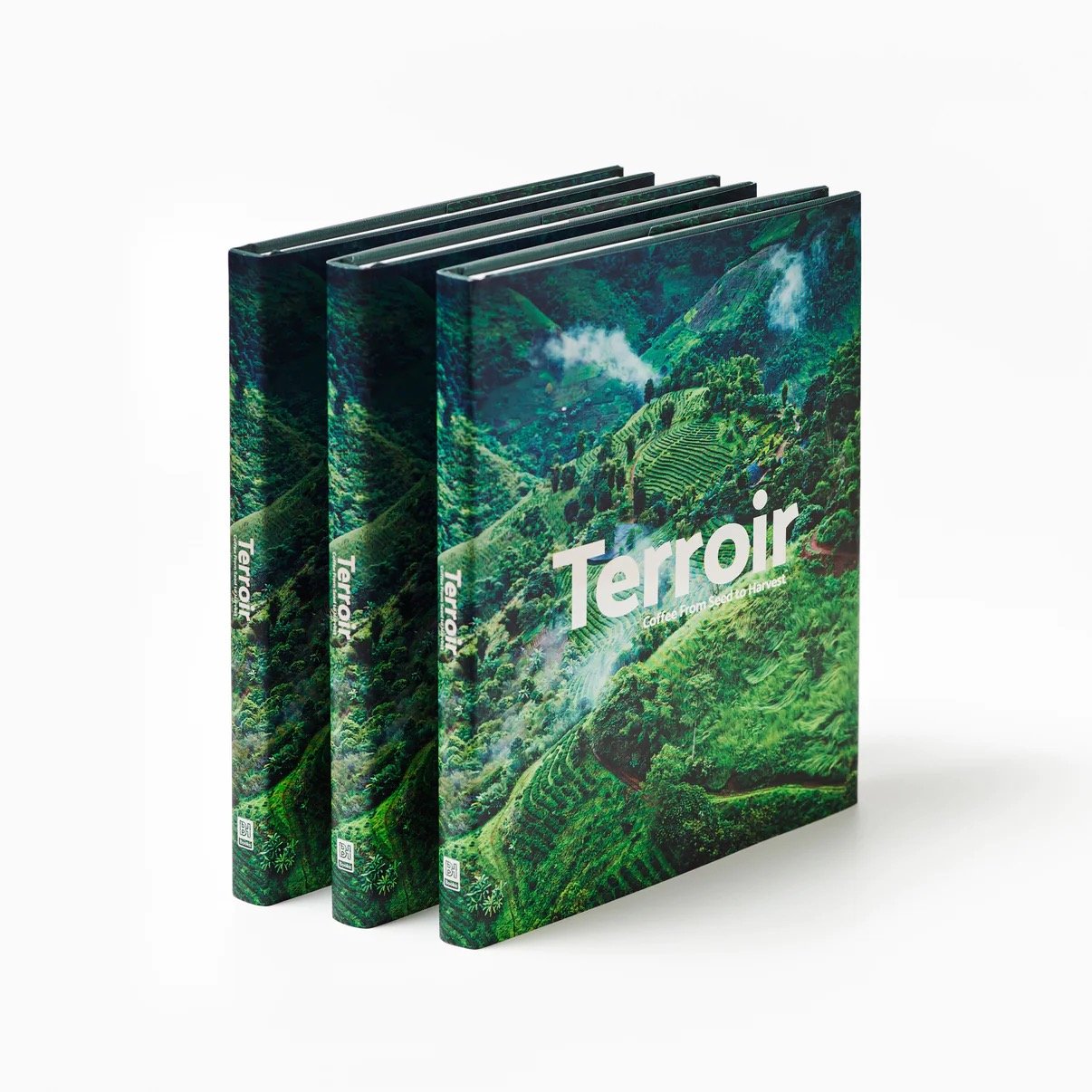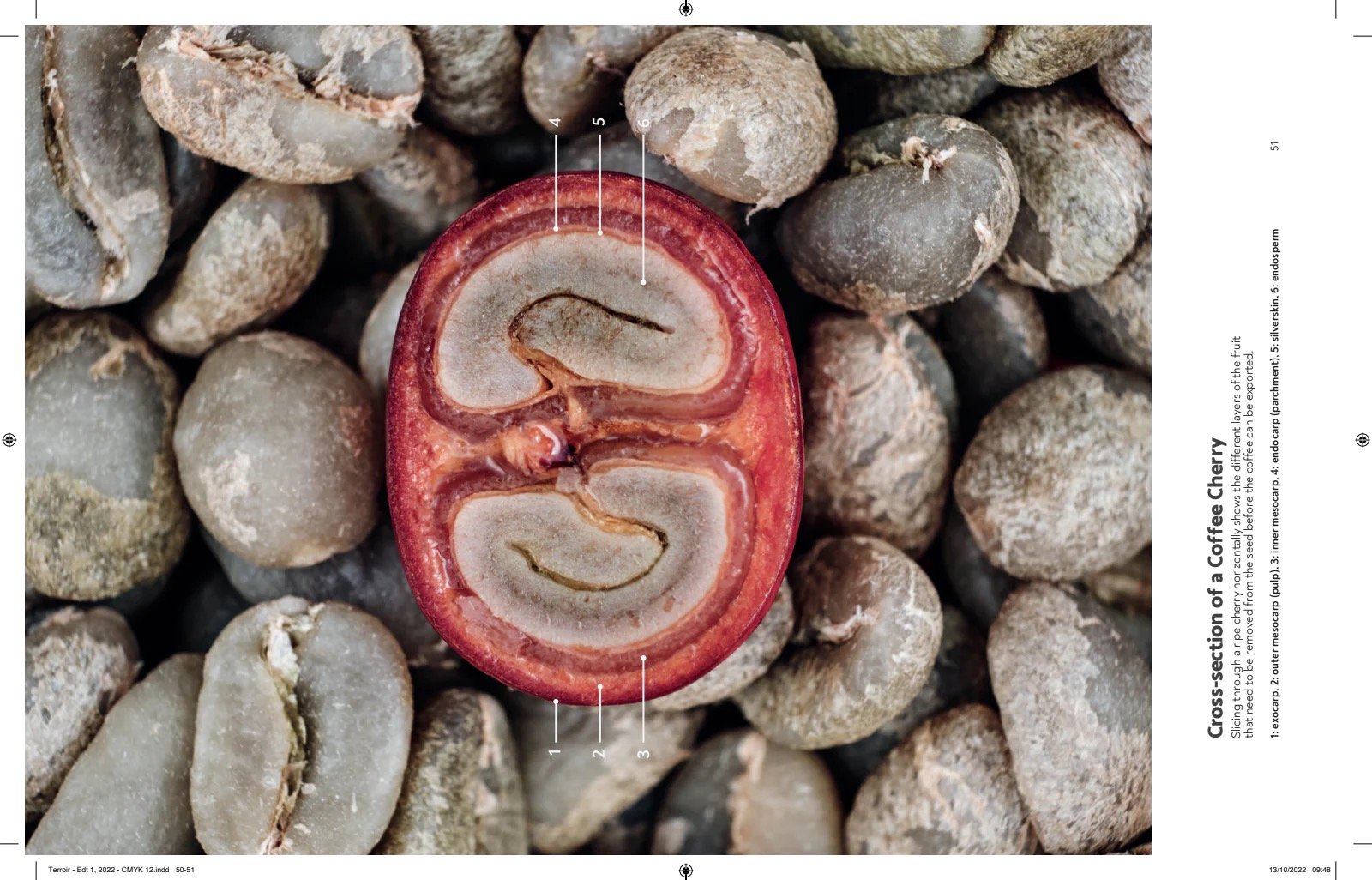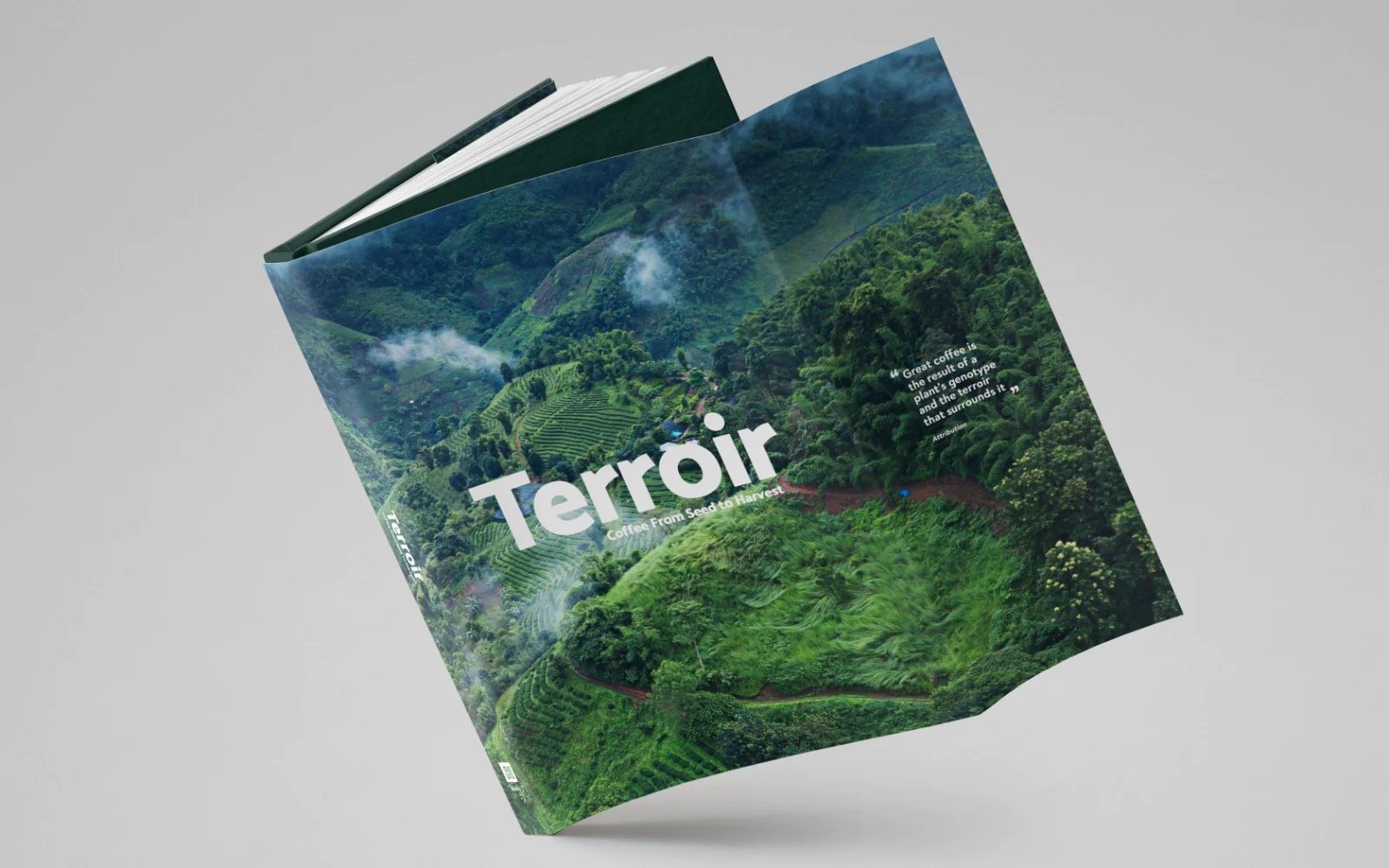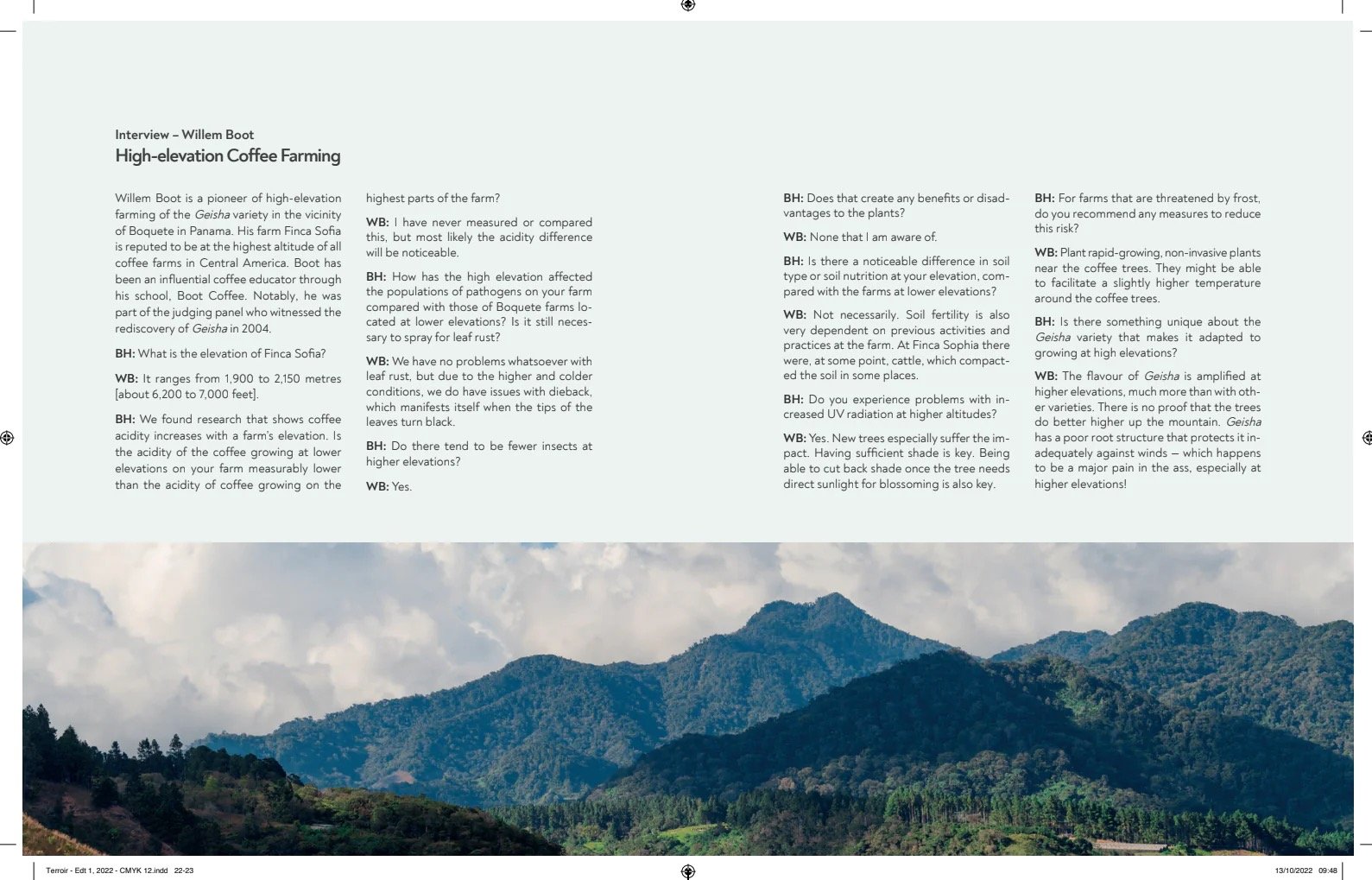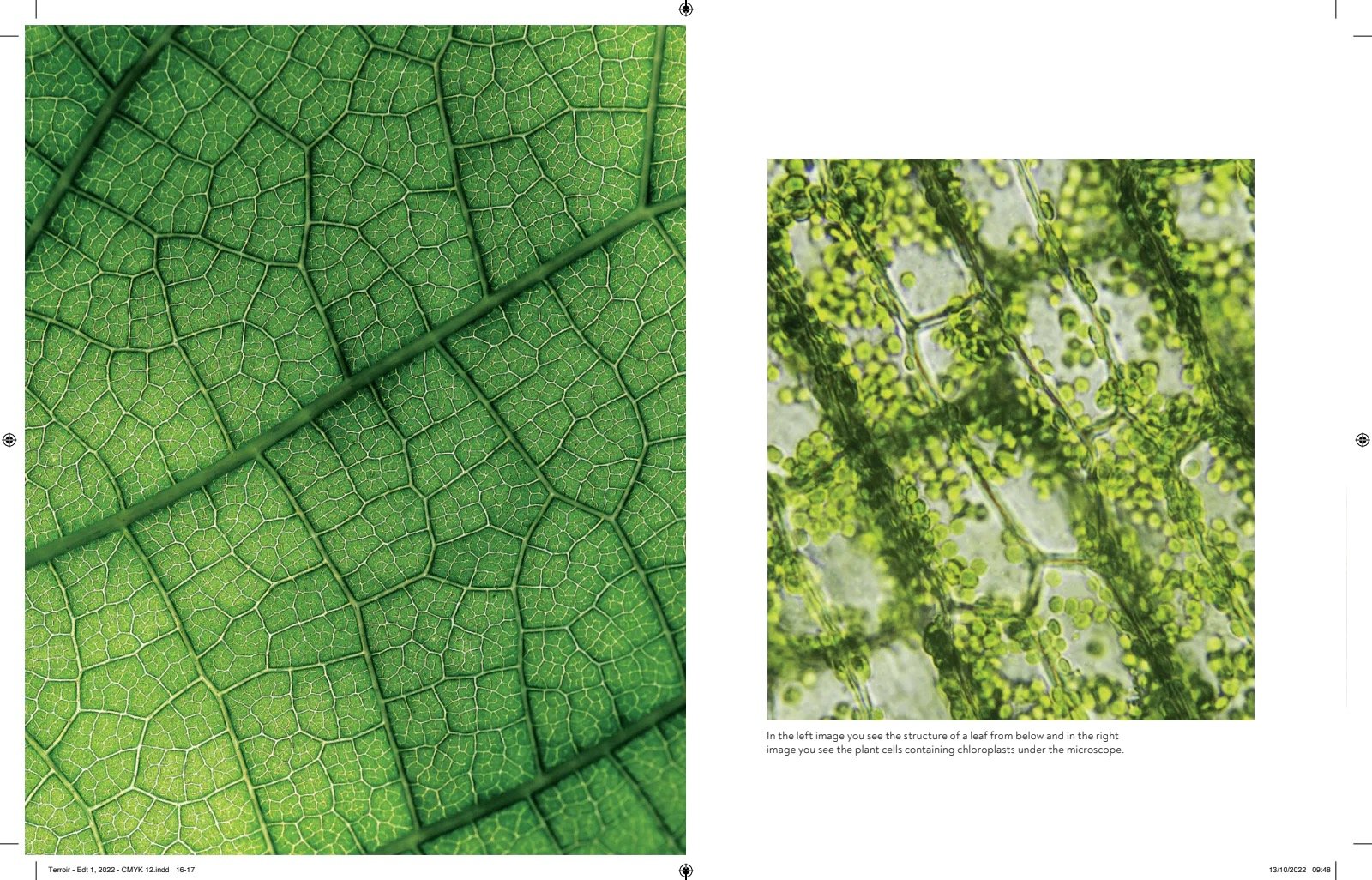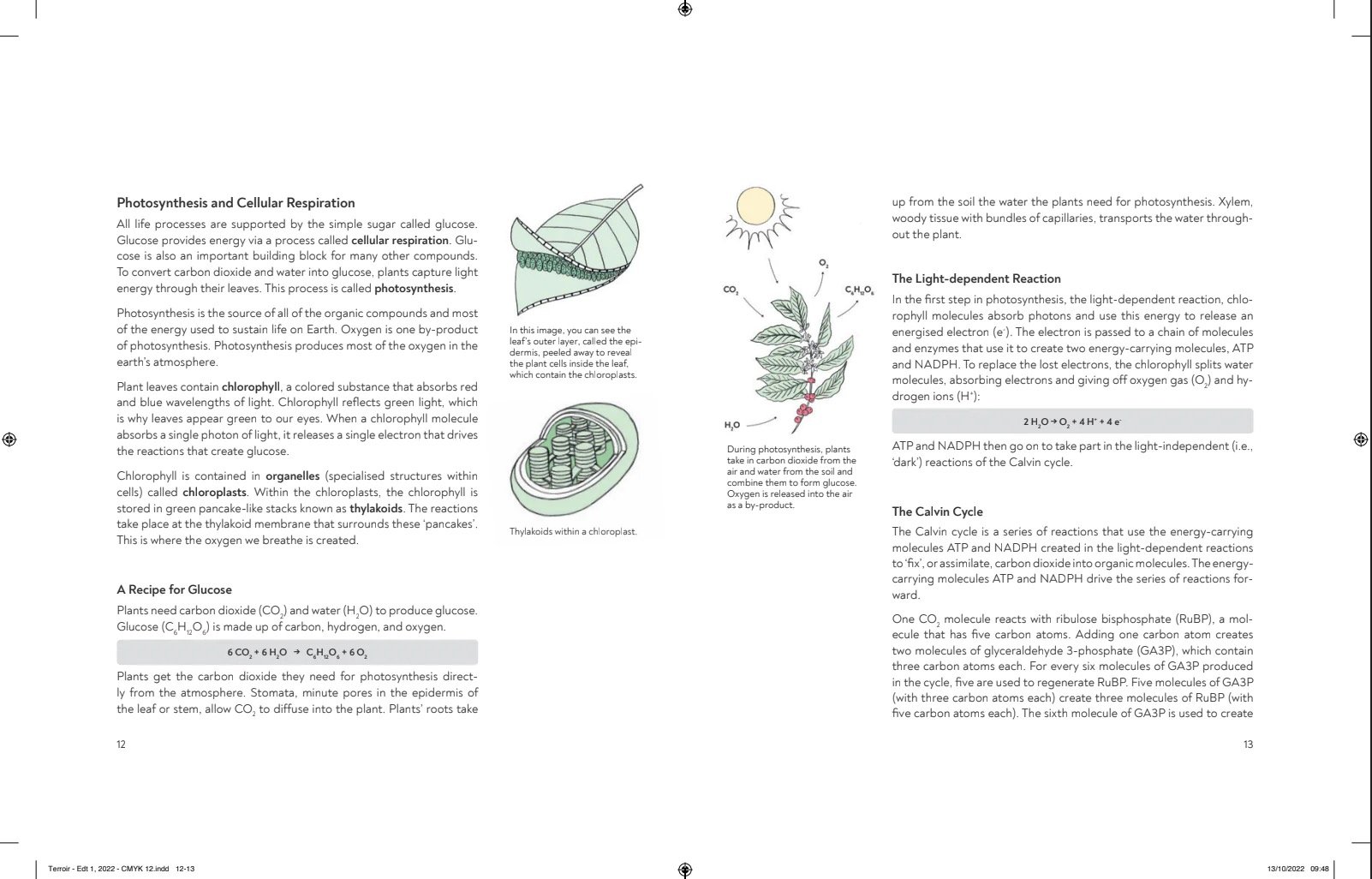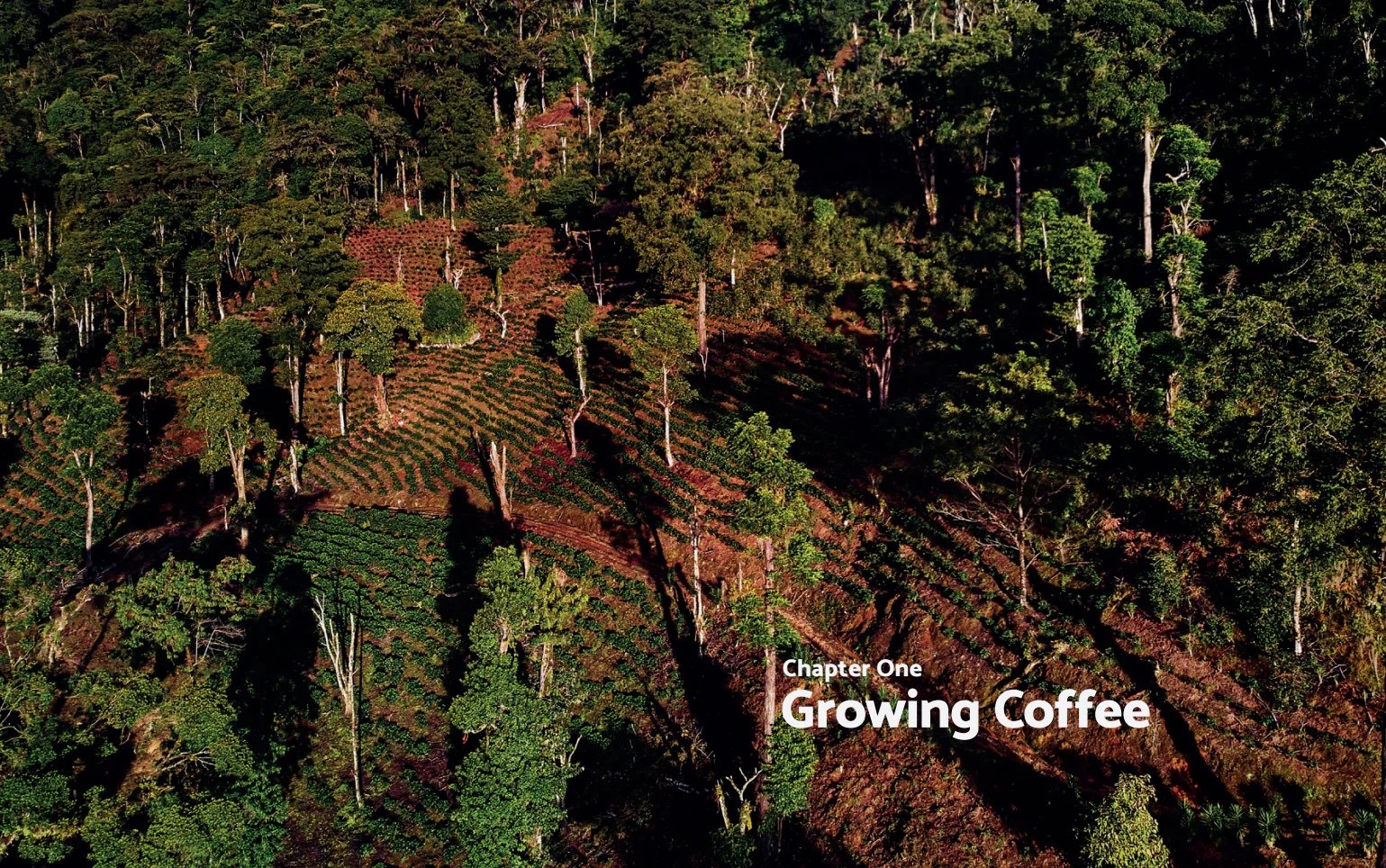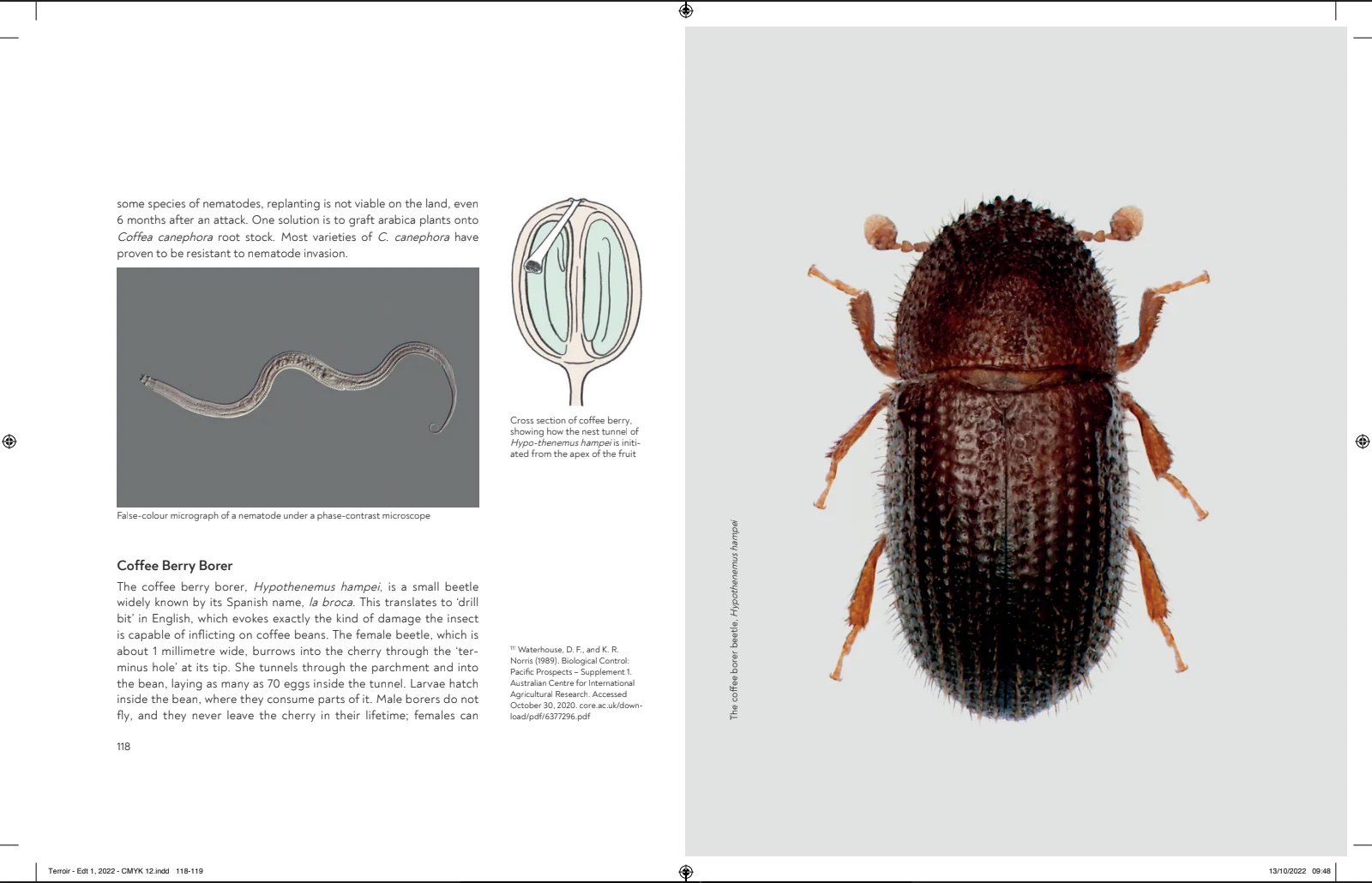Terroir
‘Reading Terroir has given me an even greater respect for the diversity and complexity of coffee and the professionals who tirelessly work on producing better coffee.’ - Ibid
Great coffee is the result of a plant’s genotype and the terroir that surrounds it. The environmental factors of climate and soil, combined with farming techniques, create the specific environment, or terroir, of a farm. Some of the environmental factors that affect a coffee plant in its lifetime, such as the elevation at which it grows, are impossible to alter. Others, such as soil nutrition, can be altered, but often only with vast capital expenditure.
To get a clearer picture of the finances of farm management and how aspects of terroir can affect a plant’s shape, size, and other characteristics, we interviewed a range of scientists, agronomists, and green buyers. This book explores how terroir determines the character of a coffee and the success of a crop. It offers an overview of the factors you can control and the steps you can take to support a sustainable coffee crop and produce a great-tasting cup.
Synopsis
We begin our study in the Continent of Africa. In our prologue entitled An Introduction to Coffee Cultivation, we explore the coffee plant’s physiology and the importance of its environment. Next we trace the origins of arabica coffee back to the wild trees of the Ethiopian highlands and cloud forests.
In Chapter 1 — Growing Coffee, we review how green plants transform sunlight energy into chemical energy, through photosynthesis, and learn how plants create sugars and starch, through the Calvin cycle. We then learn how temperature is affected by variables in terroir such as altitude, latitude, and exposure to ultraviolet (UV) light. This chapter also includes interviews with prominent farmers and agronomists for insights into how coffees of particular origins reflect these variables.
Chapter 2 — Factors That Limit Plant Growth we explore the anatomy and physiology of the coffee plant and make a detailed study of the limiting factors that can be controlled through agronomy. Next we investigate the inherent qualities of a terroir, such as weather and soil conditions.
Chapter 3 — Inputs In this central chapter of Terroir, we look at the substances coffee farms introduce to the land to produce sustainable crops. We examine best practices in irrigation, ground cover, and planting densities and learn how farmers can change the morphology of their trees, producing healthier plants through pruning, stumping, and grafting.
Chapter 4 — Pathogens we make sure that all our readers are aware of what farmers are up against in their pursuit of a sustainable crop. We make an investigation of how diseases and pests impact the livelihoods of coffee farmers. We consider the financial costs of managing each pathogen and examine the uses of pesticides and ways to manage their environmental cost.
In Chapter 5 — Climate Change, We study the methods scientists use to predict weather patterns of the future. We examine the expected losses projected for coffee-farming areas. We consider locations where, in future warmer-climate scenarios, coffee farming might be possible. And we learn about ‘action plans’ for coping with climate change.
To bring Terroir to its natural conclusion, the epilogue highlights the importance of preserving the fascinating, diverse terroir of traditional coffee-producing countries.
‘Reading Terroir has given me an even greater respect for the diversity and complexity of coffee and the professionals who tirelessly work on producing better coffee.’ - Ibid
Great coffee is the result of a plant’s genotype and the terroir that surrounds it. The environmental factors of climate and soil, combined with farming techniques, create the specific environment, or terroir, of a farm. Some of the environmental factors that affect a coffee plant in its lifetime, such as the elevation at which it grows, are impossible to alter. Others, such as soil nutrition, can be altered, but often only with vast capital expenditure.
To get a clearer picture of the finances of farm management and how aspects of terroir can affect a plant’s shape, size, and other characteristics, we interviewed a range of scientists, agronomists, and green buyers. This book explores how terroir determines the character of a coffee and the success of a crop. It offers an overview of the factors you can control and the steps you can take to support a sustainable coffee crop and produce a great-tasting cup.
Synopsis
We begin our study in the Continent of Africa. In our prologue entitled An Introduction to Coffee Cultivation, we explore the coffee plant’s physiology and the importance of its environment. Next we trace the origins of arabica coffee back to the wild trees of the Ethiopian highlands and cloud forests.
In Chapter 1 — Growing Coffee, we review how green plants transform sunlight energy into chemical energy, through photosynthesis, and learn how plants create sugars and starch, through the Calvin cycle. We then learn how temperature is affected by variables in terroir such as altitude, latitude, and exposure to ultraviolet (UV) light. This chapter also includes interviews with prominent farmers and agronomists for insights into how coffees of particular origins reflect these variables.
Chapter 2 — Factors That Limit Plant Growth we explore the anatomy and physiology of the coffee plant and make a detailed study of the limiting factors that can be controlled through agronomy. Next we investigate the inherent qualities of a terroir, such as weather and soil conditions.
Chapter 3 — Inputs In this central chapter of Terroir, we look at the substances coffee farms introduce to the land to produce sustainable crops. We examine best practices in irrigation, ground cover, and planting densities and learn how farmers can change the morphology of their trees, producing healthier plants through pruning, stumping, and grafting.
Chapter 4 — Pathogens we make sure that all our readers are aware of what farmers are up against in their pursuit of a sustainable crop. We make an investigation of how diseases and pests impact the livelihoods of coffee farmers. We consider the financial costs of managing each pathogen and examine the uses of pesticides and ways to manage their environmental cost.
In Chapter 5 — Climate Change, We study the methods scientists use to predict weather patterns of the future. We examine the expected losses projected for coffee-farming areas. We consider locations where, in future warmer-climate scenarios, coffee farming might be possible. And we learn about ‘action plans’ for coping with climate change.
To bring Terroir to its natural conclusion, the epilogue highlights the importance of preserving the fascinating, diverse terroir of traditional coffee-producing countries.
‘Reading Terroir has given me an even greater respect for the diversity and complexity of coffee and the professionals who tirelessly work on producing better coffee.’ - Ibid
Great coffee is the result of a plant’s genotype and the terroir that surrounds it. The environmental factors of climate and soil, combined with farming techniques, create the specific environment, or terroir, of a farm. Some of the environmental factors that affect a coffee plant in its lifetime, such as the elevation at which it grows, are impossible to alter. Others, such as soil nutrition, can be altered, but often only with vast capital expenditure.
To get a clearer picture of the finances of farm management and how aspects of terroir can affect a plant’s shape, size, and other characteristics, we interviewed a range of scientists, agronomists, and green buyers. This book explores how terroir determines the character of a coffee and the success of a crop. It offers an overview of the factors you can control and the steps you can take to support a sustainable coffee crop and produce a great-tasting cup.
Synopsis
We begin our study in the Continent of Africa. In our prologue entitled An Introduction to Coffee Cultivation, we explore the coffee plant’s physiology and the importance of its environment. Next we trace the origins of arabica coffee back to the wild trees of the Ethiopian highlands and cloud forests.
In Chapter 1 — Growing Coffee, we review how green plants transform sunlight energy into chemical energy, through photosynthesis, and learn how plants create sugars and starch, through the Calvin cycle. We then learn how temperature is affected by variables in terroir such as altitude, latitude, and exposure to ultraviolet (UV) light. This chapter also includes interviews with prominent farmers and agronomists for insights into how coffees of particular origins reflect these variables.
Chapter 2 — Factors That Limit Plant Growth we explore the anatomy and physiology of the coffee plant and make a detailed study of the limiting factors that can be controlled through agronomy. Next we investigate the inherent qualities of a terroir, such as weather and soil conditions.
Chapter 3 — Inputs In this central chapter of Terroir, we look at the substances coffee farms introduce to the land to produce sustainable crops. We examine best practices in irrigation, ground cover, and planting densities and learn how farmers can change the morphology of their trees, producing healthier plants through pruning, stumping, and grafting.
Chapter 4 — Pathogens we make sure that all our readers are aware of what farmers are up against in their pursuit of a sustainable crop. We make an investigation of how diseases and pests impact the livelihoods of coffee farmers. We consider the financial costs of managing each pathogen and examine the uses of pesticides and ways to manage their environmental cost.
In Chapter 5 — Climate Change, We study the methods scientists use to predict weather patterns of the future. We examine the expected losses projected for coffee-farming areas. We consider locations where, in future warmer-climate scenarios, coffee farming might be possible. And we learn about ‘action plans’ for coping with climate change.
To bring Terroir to its natural conclusion, the epilogue highlights the importance of preserving the fascinating, diverse terroir of traditional coffee-producing countries.

